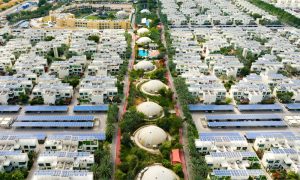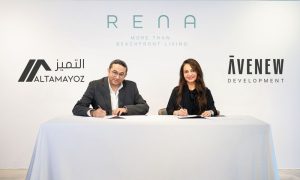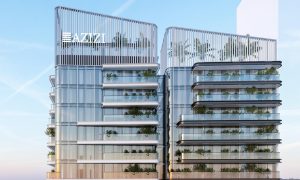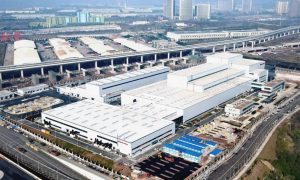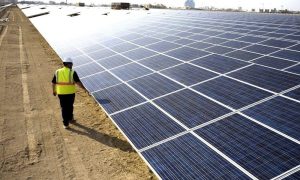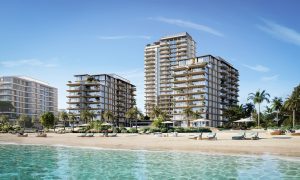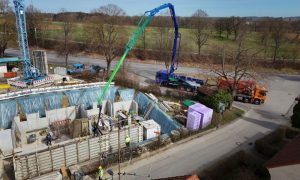“It’s often easy to overlook climate issues until we’re faced with them ourselves”
WSP’s Sophia Kee says society only needs to look as far as the Pacific Ocean to witness the drastic, real effects of a warming world on exposed, vulnerable island nations

In an exclusive conversation with Middle East Construction News (MECN), Sophia Kee, WSP Middle East’s recently appointed Head of Future Ready – Property & Buildings says that most professionals in the construction industry understand and accept that the industry contributes significantly to greenhouse gas (GHG) emissions during operations and construction. The comment was made in response to a question about awareness on the topic within the regional construction industry.
Having said that, Kee reckons there is an issue that needs to be considered more carefully, “I think there’s a potential lack of information whilst selecting and procuring materials and fully understanding the embodied carbon from cradle-to-cradle within a product.”
“Where some green building certifications once promoted locally-sourced materials, we now have further transparency on embodied carbon during extraction, production, transportation, decommissioning, and recyclability of materials. For instance, there is lower embodied carbon in timber shipped over from Japan than locally produced steel beams,” she explains.
In an earlier interview with MECN on GHG emissions, global warming and sustainability, Kee noted, “We have 93% certainty within the next five years of hitting new temperature highs”.

Shifting focus to emissions within the domestic space, she comments, “I believe there’s greater room for awareness regarding the decisions we make as owners and occupiers and the wider contribution to global climate change. The main behaviour drivers for turning off lights, turning down the thermostat, or using less water motivates people at a more intimate level, for example reducing their utility bills.”
She highlights, “Messaging that the choices we make in the most affluent countries creates more tangible physical risks for societies in vulnerable climatic locations is apparent due to sea levels rising, more extreme weather events, and increased food and water scarcity.”
Kee says that society only needs to look as far as the Pacific Ocean to witness the drastic, real effects of a warming world on exposed, vulnerable island nations. She relays her thought through her experiences at the recently concluded EXPO 2020 Dubai.
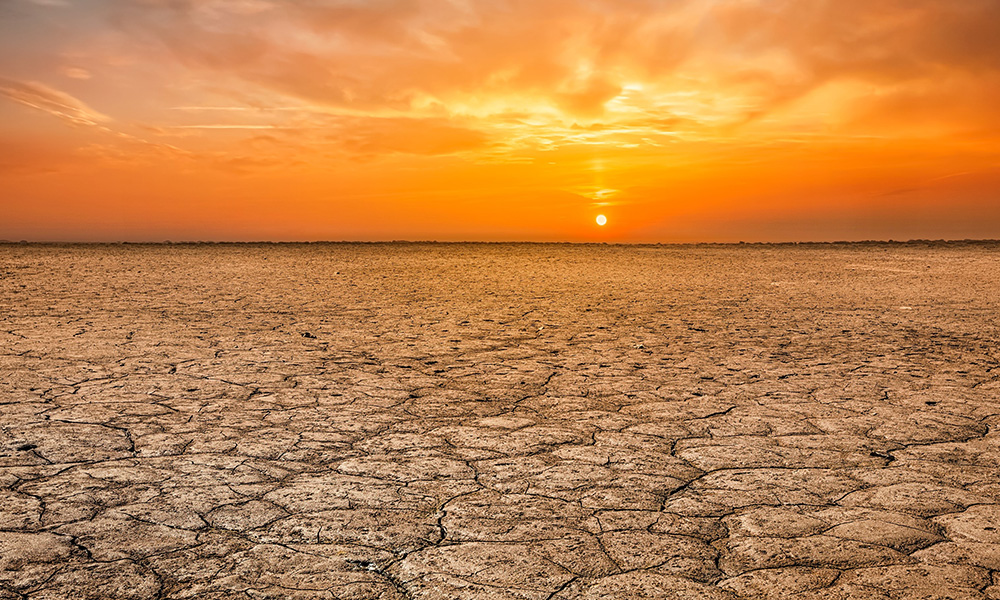
“Throughout EXPO 2020 Dubai, I was fortunate enough to experience the climate emergency first-hand whilst visiting Tuvalu’s pavilion. Sitting down and conversing with the pavilion’s hosts and hearing their environmental plea to help protect their homes, their livelihoods, and local economy from sinking and displacement was deeply powerful. EXPO 2020 was a catalyst for bringing these essential discussions, and need for immediate climate action, into the public forum.”
“However, it’s often easy to overlook climate issues until we’re faced with them ourselves. In the Middle East, the vulnerability of GCC cities to warmer annual temperatures, water scarcity, and rising sea levels is becoming more prominent, especially given that the majority of critical infrastructure and economic hubs are coastal and therefore prone to sea level rise,” she warns.
Asked about what some of the biggest challenges are with reducing GHG emission in the built environment, Kee circles back to the carbon footprint of construction materials.
“The biggest challenge is our industrial carbon footprint from traditional construction materials and methods typically used to deliver projects in the Middle East. The main materials used locally are steel, aluminium and cement. Energy intensive industries produce basic materials and are responsible for up to 22% of global emissions. The associated emissions keep increasing as demand for these materials increase, particularly when the built environment is developing at such a fast pace in the Middle East.”

She continues, “Changing to zero-emission production routes will come at a cost. Steel is expected to become 20-to40% more expensive if produced from renewable hydrogen sources. In turn, there is zero to little information regarding the green footprint of materials, and no consumer demand unless driven by a client or green building certification program.”
As a general rule of thumb, the material related credits during certification are the most challenging to obtain, with significant supply chain challenges to achieve these aspirations of recycled content and environmental product declarations, she points out.
Discussing what the industry can do in short order to noticeably cut GHG emissions, she comments, “Workmanship and lack of quality can be a real issue in the region, particularly with thermal bridging, lack of air tightness and underperforming facades, where systems are not installed as designed and specified. This results in higher thermal gains, alongside increased energy consumption, for space cooling than projected in design stages. Since operational energy is a high contributor to emissions, this would be a good place to start.”
“In addition, to reduce the embodied carbon when extracting, producing, and constructing a façade system, and ensuring a properly thermally broken and airtight façade is installed, modular off-site assembled systems have twofold benefits in addressing GHG emissions on projects. There are two sides to this, as the ability to modify and upgrade a modular system is far more challenging than with a stick system that can be demounted,” she concludes.
